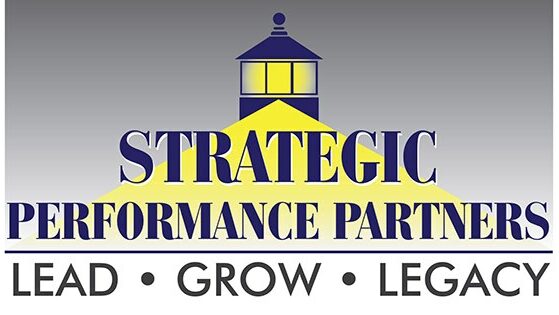Tax time is here again and many of us have been busy trying to find deductions that will lower our tax burden. The US tax code is truly complex but happily it allows large benefits for those who are charitably inclined. Unfortunately, not many know about such provisions and with charitable organizations particularly hard hit in this economy, they can use all the help they can get.
Before going any farther, it’s important to state up front that I am not an attorney and nothing here should be construed as legal advice. If you think some of the ideas in this article are helpful, you should contact an estate planning attorney, tax professional, investment advisor, or maybe all three to see if it’s right for your situation.
The main concept I’d like to introduce is a charitable remainder trust – what is it and how does it work? First and foremost it is a legal document allowing the donor to establish a gift, gain cash flow from it for life, and deliver that gift at a later date.
This type of gift works best with a significantly appreciated asset, such as an unimproved piece of property, but it could also be stocks or other investments with a very low basis. Let’s also assume, in the case of property, that it’s generating no income for the prospective donor. If the donor wanted to sell the property conventionally, he or she would be hit with substantial capital gains tax.
But if the donor set up a charitable trust naming a non-profit organization as the beneficiary, the property could be deeded to that trust and three types of taxation would be avoided. First, the property would be out of the donor’s estate, so there would be no estate tax on the property at the time of his or her death. Second, as I’ve alluded, capital gains taxes would be avoided when the property is sold within the trust. Third, there would be a current year income tax deduction that could carry forward, depending upon the size of the gift.
Once the trust is established, it must pay out at least 5% of its value annually, according to IRS regulations. So in the case of a remainder trust, the donor would receive at least a 5% annual cash flow from the trust – turning what was a non-revenue producing asset into a cash stream. And, if the advisor managing the account is doing his or her job, the account should average better that a 5% return over the life of the trust, thus giving the donor regular raises and increasing the principle for the charity at his or her death.
At the donor’s death the remainder would go to the named charity. Such a trust can also be set up as a lead trust such that a charity receives the 5% or greater cash flow, while the remainder goes to the donor’s heirs at his or her death. There are many creative ways to set up such trusts but the bottom line is that everyone wins, and it just goes to show that it’s better to give AND receive! For charities themselves, it just might be worth reviewing their memberships to identify potential charitable trust candidates.
Eric Nager is an Investment Advisor Representative with Southern Capital Services. He received his MBA from the University of South Alabama and a Masters in History from Harvard. Mr. Nager is a Lieutenant Colonel in the US Army Reserve and has been with Southern Capital for the past 12 years. He can be reached at eric@southerncapitalservices.com or at 251.626.1140
